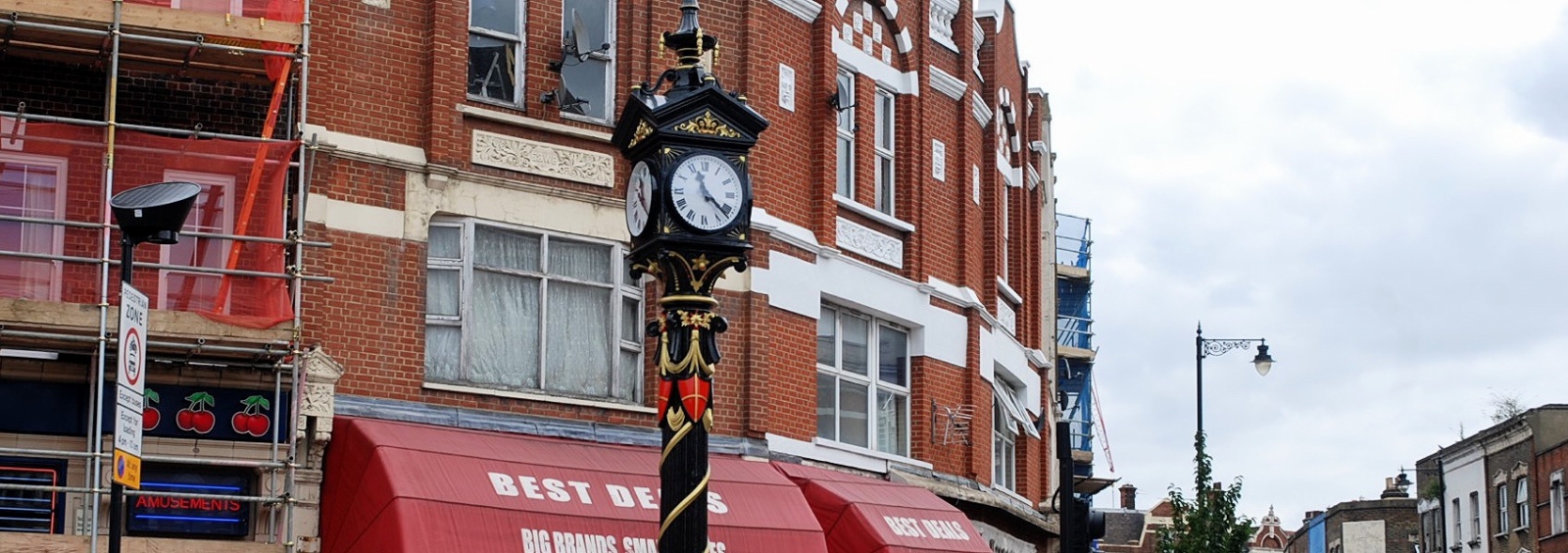College Park, a vibrant community located just outside of Washington, D.C., is home to the University of Maryland and boasts a diverse population of students, families, and professionals. As with any urban area, safety is a top concern for residents and visitors alike. This article aims to provide an overview of the safety in College Park, exploring crime rates, community initiatives, and resources available to ensure a secure environment.
Understanding Crime Rates
When evaluating the safety of College Park, one of the first considerations is its crime rate. According to recent statistics, the crime rate in College Park is generally lower than the national average for cities of similar size. However, like many urban areas, it does experience certain types of crime, including property crimes such as theft and burglary. Violent crimes, such as assault, are relatively infrequent, particularly when compared to larger metropolitan areas.
Local law enforcement agencies, including the University of Maryland Police Department, work diligently to keep the community safe. They are proactive in their approach, employing a variety of strategies to deter crime and respond effectively when incidents occur. Regular reports and community meetings provide transparency and keep residents informed about safety concerns and police activities.
Community Initiatives
The community plays a vital role in maintaining safety in College Park. Numerous initiatives aim to foster a sense of security and encourage residents to take an active role in crime prevention. One notable program is the “Neighborhood Watch,” where community members collaborate with local police to report suspicious activities and promote awareness. This program not only helps in crime deterrence but also strengthens community bonds.
Additionally, the University of Maryland has implemented several safety measures on campus, including late-night transportation services, emergency call boxes, and safety escorts for students traveling alone at night. These services are designed to provide peace of mind and ensure that students feel secure while navigating the campus and surrounding areas.
Resources for Residents and Visitors
For those living in or visiting College Park, various resources are available to enhance safety. The local police department offers crime prevention tips, community workshops, and resources for residents to protect themselves and their property. Engaging with local neighborhood associations and attending community meetings can also provide valuable insights into safety concerns and initiatives.
Residents are encouraged to stay informed about local crime trends and participate in community discussions. Websites like the Maryland-National Capital Park and Planning Commission provide updates on local developments, safety tips, and resources for community engagement.
Conclusion
In conclusion, College Park is generally considered a safe place to live, study, and visit. While it does experience some crime, particularly property-related offenses, community initiatives and proactive policing contribute to a secure environment. By remaining vigilant, engaging with local resources, and participating in community safety programs, residents and visitors can enjoy all that College Park has to offer while minimizing safety concerns. Ultimately, the combination of a dedicated police force, active community involvement, and a commitment to safety helps ensure that College Park remains a welcoming and secure environment for everyone.

